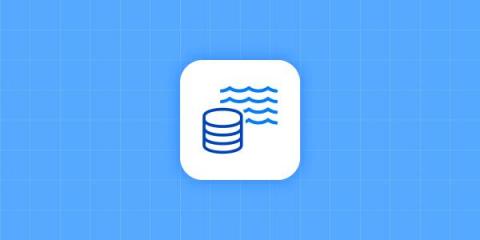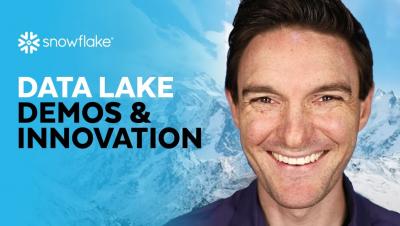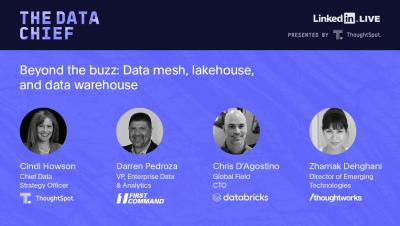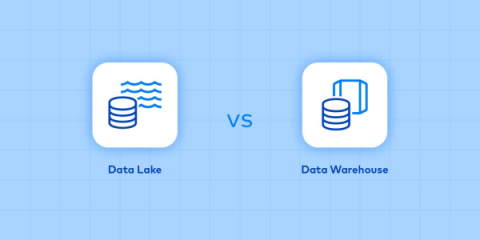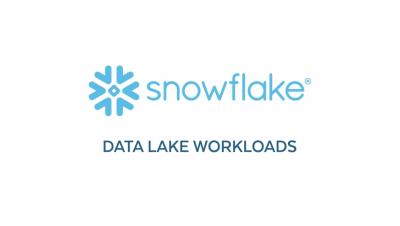Thinking beyond the Data Warehouse, Data Lake and Data Lakehouse
The Data Warehouse is the heart of any Modern Data Stack. Organization-wide data is essential in order to create a single source of truth. The question here is whether you should build a data warehouse, data lake, or a data lakehouse. Join this session to explore the options that are available and how you can evaluate multiple vendors for your use case.



